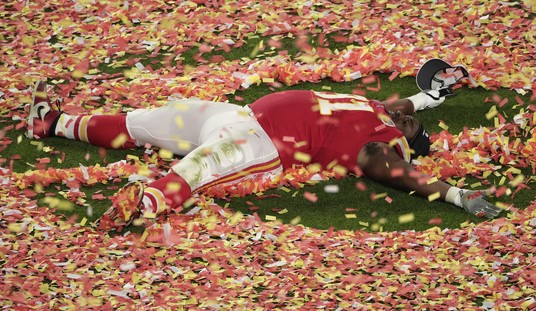Western nations have a tradition of justice that can best be described in the axiom, Let the punishment fit the crime. Many people misunderstand the “eye for an eye” passage in the Old Testament, as it actually advised children of God to not seek excessive punishment in an era when the slightest offense could result in death. For that reason, we measure our punishment carefully, allowing people to pay a reasonable debt to society while (in most cases short of murder) giving the opportunity for rehabilitation.
On the other hand, society at some point has to protect itself from its most dangerous members. Usually this involves violent criminals who continue to offend, and public outrage over these criminals has resulted in longer prison sentences and three-strikes life sentences. But what do we do with dangerous non-violent criminals when they refuse to rehabilitate? Minnesota needs to ask itself that question (emphasis mine):
A Minneapolis man has been charged with two counts of felony driving under the influence of alcohol, one gross misdemeanor count of driving after license cancellation and a misdemeanor violation of the open-bottle law.
For Daniel Lynn Mills, the new charges follow 11 prior DWI convictions.
The charges against Mills, brought by Stillwater police in Washington County District Court on March 24, stem from a March 20 incident in which police found Mills near a vehicle that had run off the road and was wedged against a house in Stillwater.
Mills has had eleven chances to either quit drinking or quit driving. Cancelling his license didn’t stop him from getting behind the wheel while he was so drunk that he couldn’t speak properly. He apparently hasn’t killed anyone yet, but he ran into a house this time and could have killed someone inside or someone on the lawn.
No one but the most fanatical would propose a life sentence for a single DWI/DUI, or even a second one. By the time we get to three, however, we have clearly established that the driver can neither control his drinking nor will refrain from driving. After eleven convictions, Minnesota should have the option of either committing the defendant in a mental institution or to life in prison, if for no better reason than to save the life that the driver will inevitably take.
Mills, by the way, is younger than I am. He’s 42 years old. How many more years will Mills have to drink, drive, and run into houses? How many times will Minnesota allow before we do something to remove him from society? I’d say at this point, the state should have the option of throwing away the key.
Let’s have a poll. When should Minnesota “throw away the key” for repeat DWI offenders who have not yet killed anyone?








Join the conversation as a VIP Member